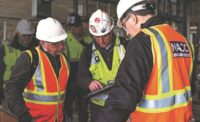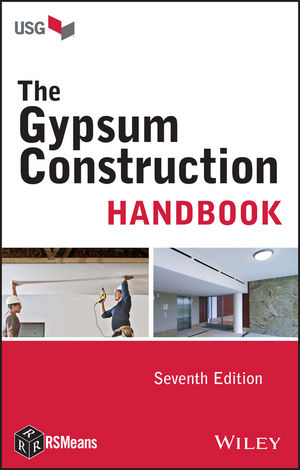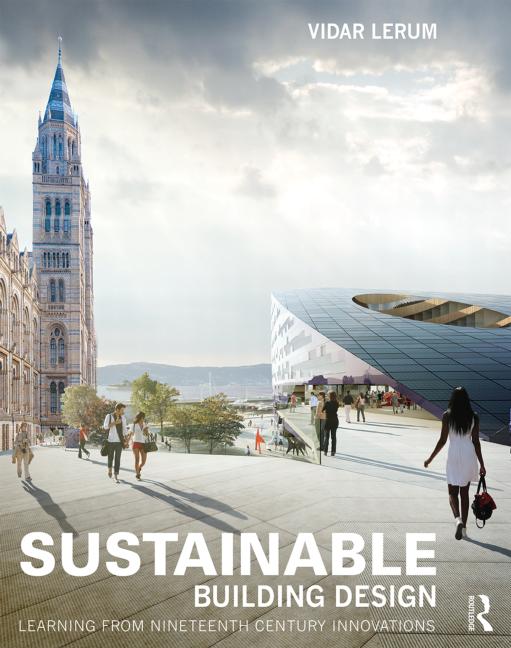The North American Construction Industry Benefits From Newly Formed Rainscreen Association

The launch of the Rainscreen Association in North America (RAiNA) website http://rainscreenassociation.org was announced recently. At the RAiNA members meeting, the Board of Directors launched the website, unveiled the 2030 Vision for the Association, and provided the members with an update on the Committees work plans. RAiNA is a multi-disciplinary, member lead organization to help meet today’s building design and construction challenges with a mission statement of “To work together with our membership, industry, and trade to be the recognized authority on rainscreen assemblies in North America”.
Today, high performance building envelopes are required to provide a durable, energy efficient, safe, and comfortable environment for the occupants. As manufacturers continue to innovate with material performance, and building designs continue to evolve, applicable building knowledge is more important than it has ever been.
Mr. Todd Kimmel, Chair of the newly formed association stated, “It is critical in these times to have a cohesive rainscreen association working together to present solutions to today’s high-performance building requirements”.
Six Committees with 209 individuals spent more than 10,000 person hours already this year starting to develop the technical information needed by the industry.
Mr. Steven Gaynor, Vice-Chair of RAiNA said “We all know where we have to get to, everybody has the enthusiasm and willingness to do the work and we have established a work plan that was developed by our members. Even what seemed like a simple task to establish a term and definition for rainscreen took a lot of effort to get it right the first time”.
Working together will result in unified technical information for the construction industry and reduce the amount of conflict between groups.
Over the last two decades, the building science community has pushed exterior wall assembly performance to the front of the conversation regarding overall building performance. The organization has attracted many of the leading voices in the building science community. This type of coordination displays one of the organization’s goals of delivering science-based guidance to improve both commercial and residential building.
Looking for a reprint of this article?
From high-res PDFs to custom plaques, order your copy today!







